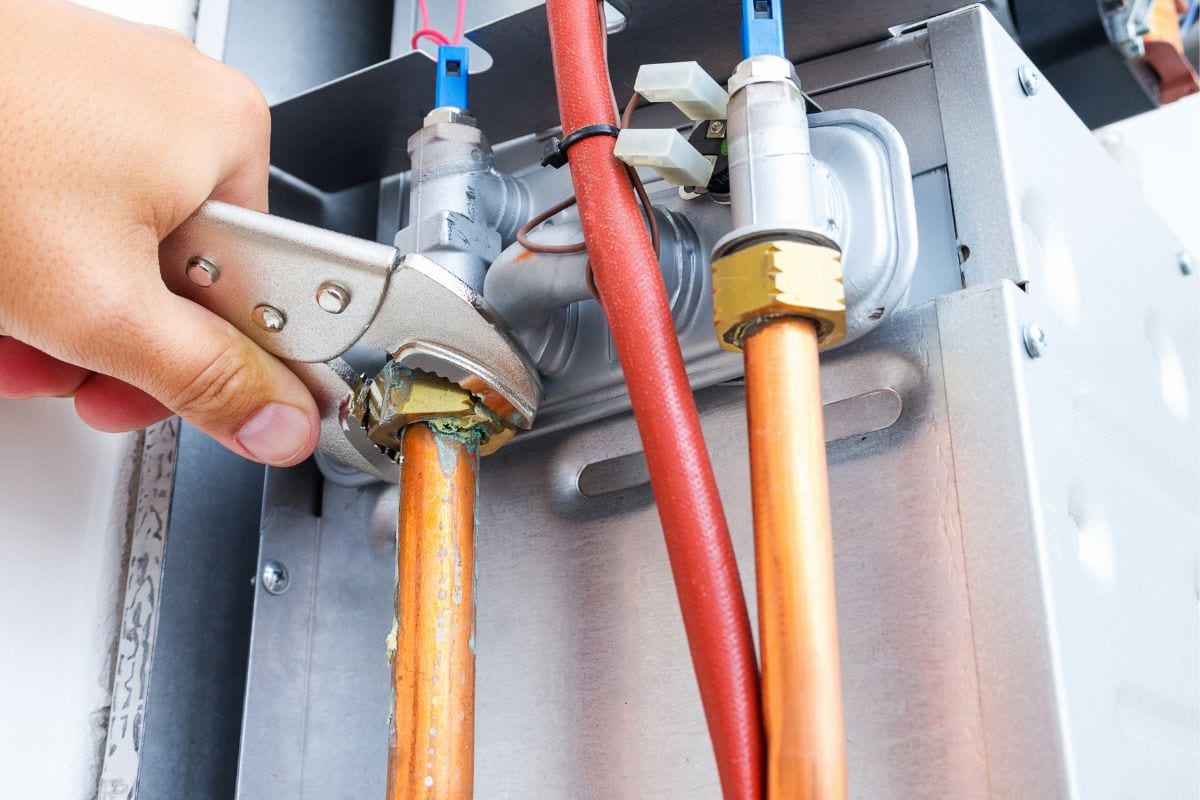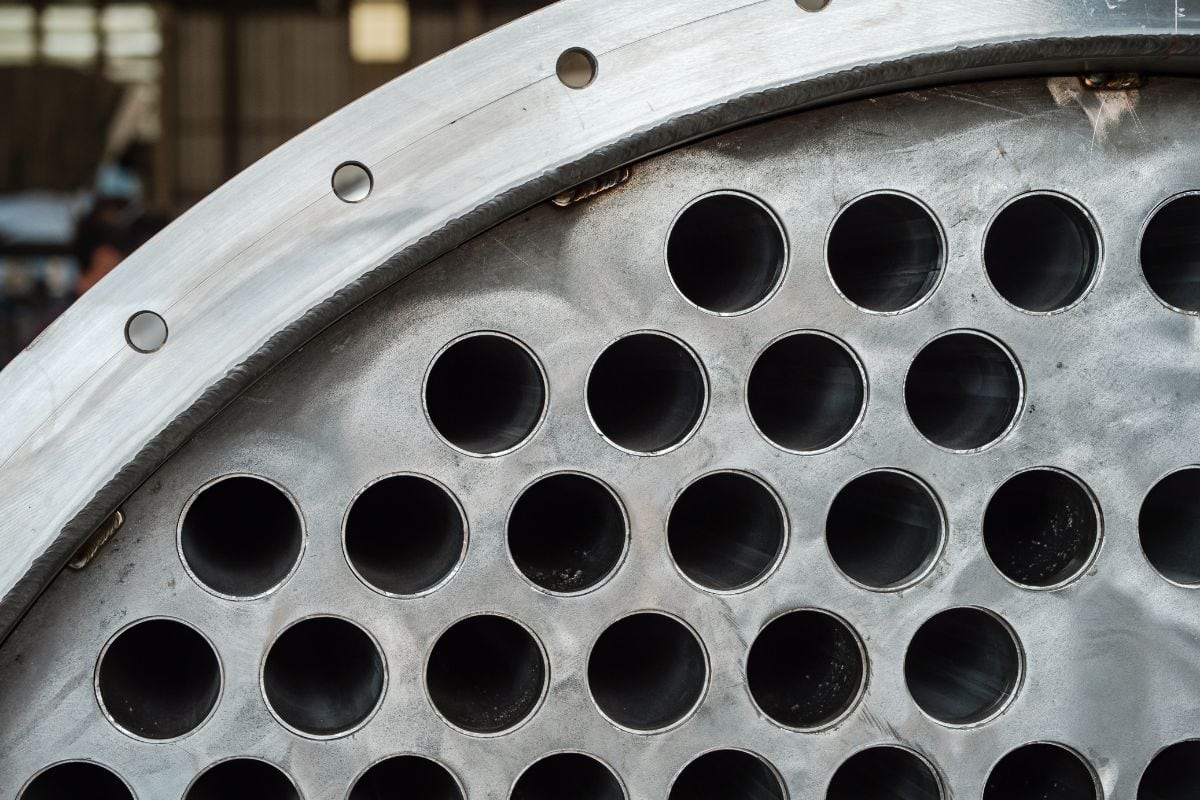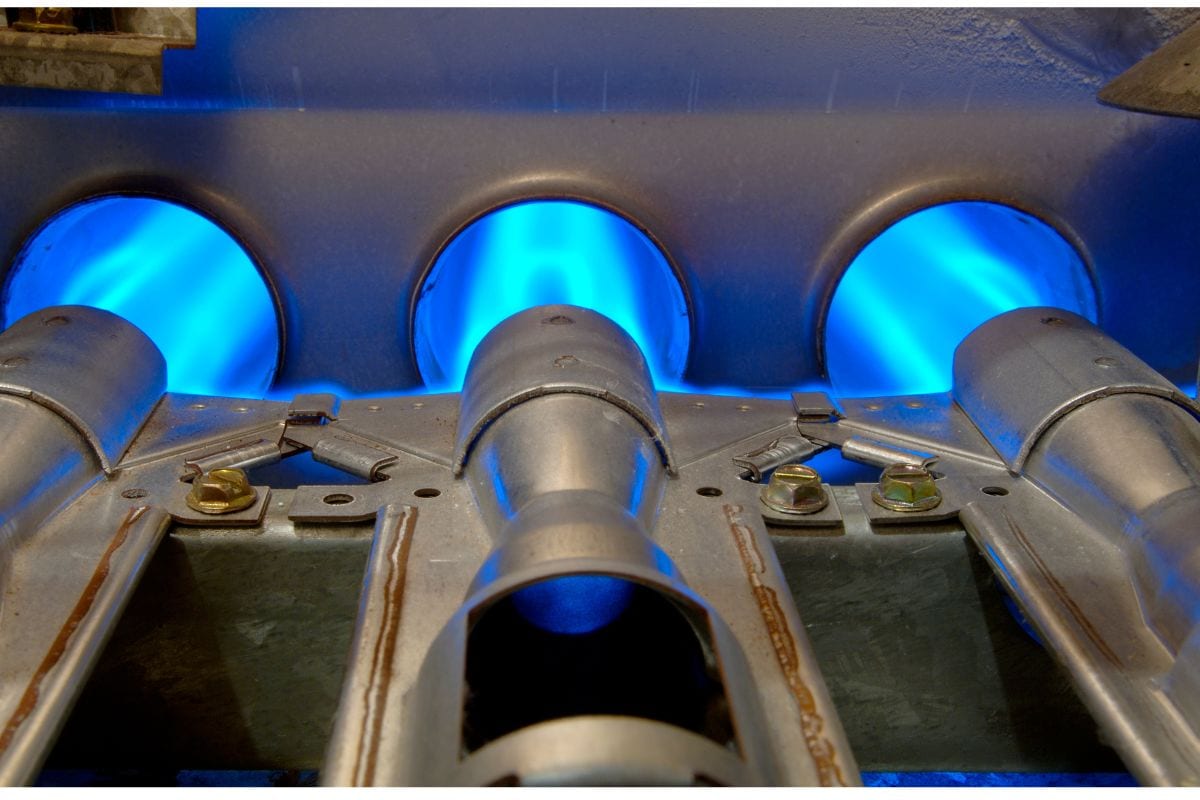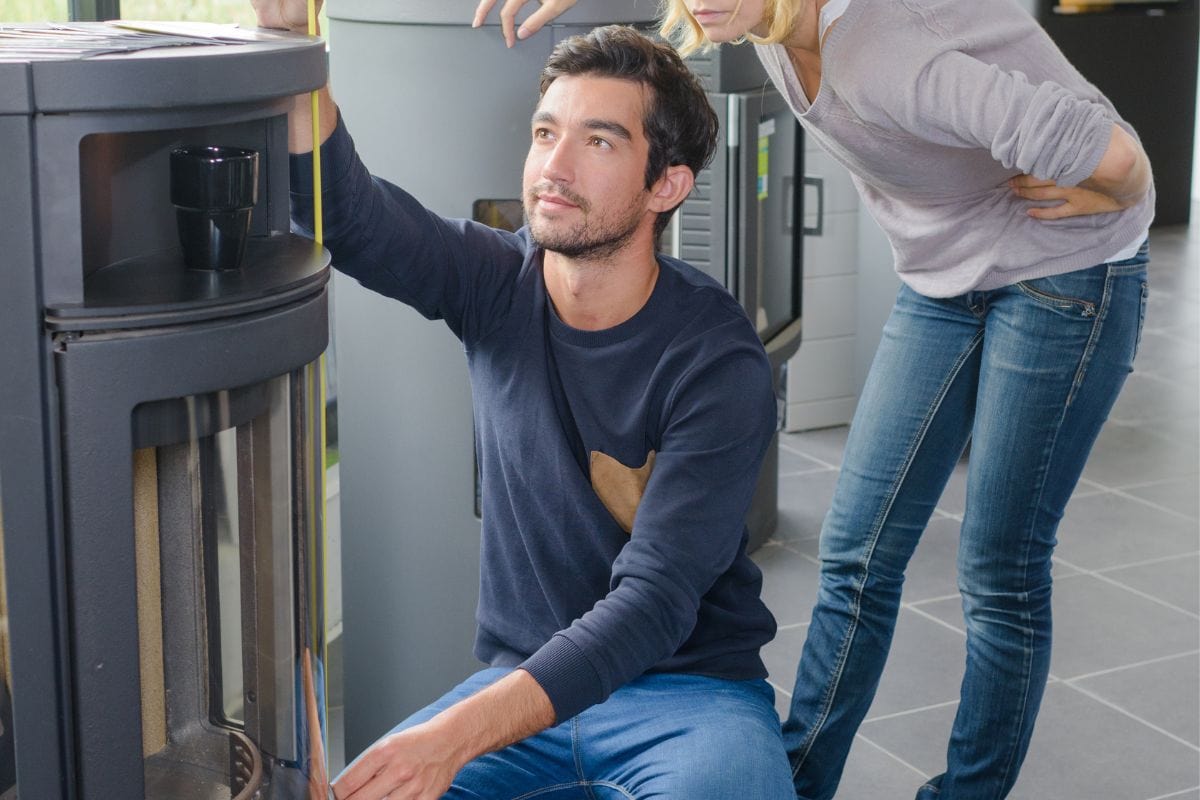Having a broken heat exchanger can be quite a hassle. Because the heat exchanger in your carrier furnace is dysfunctional, the hot and cool air in your room must be disproportionate, making it uncomfortable to have a good night's sleep. Well, say no more; we have done all the research for you! As you read through this article, we guarantee that your furnace will work just as efficiently after you learn how to replace its heat exchanger.
The four-step process for you to replace the heat exchanger in your Carrier furnace includes:
- The dismantling process: Removing the components of the heat exchanger
- Assembly: Putting together primary cells, inlet and outlet panels, gaskets, and secondary heat exchanger
- Reinstallation and replacement of primary cell outlet and secondary hear exchanger inlet
- Testing process: Effectivity of heat exchanger replacement
Don’t stop scrolling just yet. We are now about to go deeper into the discussion of the whole replacement process. Rest assured it will be easier for you to understand every procedure along the way!

Step-By-Step Guide
While some equipment requires minimal to no effort for repairs and replacement of parts, heat exchangers are quite complicated. That’s why you'll need the help of your technician to do the following:
1. The Dismantling Process: Removing the components of the heat exchanger

You have to consider carefully removing the parts because the carbon monoxide found inside your equipment might leak, and we don’t want that to happen.
Various parts make up the heat exchanger, and during the dismantling process, a lot of these components are taken completely out of the shell of your equipment.
Listed below are the materials that you should take out of your furnace during the dismantling process:
- Gas burner
- Hot surface igniter
- Inducer motor
- Control boards
- Harness
- Blower and motor
- Inlet panel
- Gas valve
- High limit switch
- Flame sensor
- Pressure switches
- Junction box
It might come as a shock to you that a replacement for a heat exchanger requires so many parts to be dismantled. It is because the heat exchanger is positioned at the center of the furnace, so you can’t pull it out just as quickly. But you have to dismantle the whole equipment—even those that aren’t to be replaced.
After emptying the shell with the help of your technician, the next task is to pull out the primary cell together with the cold spot baffle. The secondary condensing heat exchanger and coupling box should then be removed.
2. Assembly: Put together primary cells, inlet and outlet panels, gaskets, and secondary heat exchanger
After taking all the necessary components out of the equipment, you may proceed with the setting-up of parts.
At this point, your technician may start assembling the primary cells with both the inlet and outlet panels together with the new gasket. Shortly afterward, the secondary heat exchanger is also to be assembled and attached to the inlet panel.
3. Re-installation and replacement of primary cell outlet and secondary hear exchanger inlet

With the use of a sealant, you can now reinstall a new cold spot baffle and a coupling box between the primary cell outlet and secondary heat exchanger inlet, which were previously assembled with a new gasket.
Once the completion of the assembly is done, put the new heat exchanger back into the furnace, secured with screws and sealants.
Prepare and place in the upper cabinet of the furnace. This is the time to remind your technician to check and see if the heat exchanger is properly installed inside the furnace.
Then those components that were dismantled in the first step should be reinstalled into the system of the Carrier furnace.
4. Testing Process: Effectivity of heat exchanger replacement
During the testing process, it is crucial that you also observe if the newly replaced heat exchanger for your furnace is effective and safe for your household.
You should also be able to gauge if the new heat exchanger is working properly so that you can tell your technician immediately that necessary adjustments have to be made.
Consequently, if in the testing process, all is working well, then your Carrier furnace is now ready for use, and you can once again enjoy its benefits.
Please bear in mind that the replacement of the heat exchanger in a Carrier furnace requires a professional technician because the risk and danger associated with the whole dismantling and installation process are high.
You do not want to put yourself in danger! So we recommend you give your local tech a call and let him do the work for you.
Can I run my furnace with a cracked heat exchanger?

No, as soon as you suspect or see signs that there is something wrong with your furnace, have it replaced immediately.
Cracked heat exchangers release harmful gases such as carbon monoxide into your household and may, later on, lead to carbon monoxide poisoning, which is very dangerous and deadly.
How Long does it take to replace a Carrier Heat Exchanger?
Because the whole replacement process of the Carrier heat exchanger involves a lot of processes, it may take up to 8 hours. Still, a lot of factors, such as size, age, and location of the furnace, could affect the hours it takes to complete the replacement.
Furnaces that are larger require more work. Aside from that, the age of the furnace may also complicate the process.
The reason for this is that the older the furnace gets, the lesser it is advised to replace its parts. Furnaces depreciate over time and one of the reasons why your heat exchanger may not be working is also because the furnace alone has been used for a long time.
A good rule of thumb is purchasing a new one if the appliance is already beyond 10 years old. Additionally, equipment that is already 10 years old or older may have more malfunctions than just one part.
Consequently, heat exchangers that are positioned nicely are already difficult enough to replace and repair, so those hard-to-reach places make it even harder. This may also make the whole process take even longer.
What causes a furnace heat exchanger to crack?

Overheating is one of the most probable reasons why a furnace heat exchanger cracks. The heat exchanger becomes exhausted because of the continuous expansion and contraction from not getting enough airflow.
Clogged air filters are also found to be the main contributor to blocked airflow, resulting in overheating. As a result of the exhaustion brought by the consistent expansion and contraction, the heat exchanger then cracks.
How do you tell if your furnace has a cracked heat exchanger?
Signs that there is something wrong with your heat exchanger are unpleasant smells, corrosion, and cracks in the furnace, your carbon monoxide detector suddenly going off, or if your furnace itself is not giving off any heat.
If you happen to see these signs, call a professional technician immediately.
To discover what measures you could take as soon as you find out that your furnace has issues, read through this article:
Heat Not Working In House – What To Do?
In some cases, furnace owners are not able to notice any signs that the heat exchanger is already cracked, which may be very dangerous. Regular check-ups, maintenance, and regular changing of filters for your furnace are highly recommended for you to ensure your safety and maximize your furnace’s efficiency.
If you want to learn more about the importance of regular maintenance plus tips on how to prolong the life of your furnace, check out this post:
What Does Furnace Service Typically Include?
How much is a heat exchanger for a Carrier furnace?

The cost of the heat exchanger in a Carrier furnace is relatively high, ranging from $1500-$2500, while different heat exchangers on the market range from $1000-$3500.
Various factors, such as the type of furnace, size, quality, and energy efficiency, contribute to the hefty price for the replacement of the heat exchanger.
What is the Warranty on a Carrier heat exchanger?
The warranty of a Carrier heat exchanger is up to 20 years. All the other parts of the furnace have a warranty certificate's validity for one year.
Is it worth replacing a furnace heat exchanger?
If you recently bought your furnace and your heat exchanger is malfunctioning, replacing the heat exchanger would be worth it.
However, if your furnace is already beyond 10 years of age, replacing the heat exchanger is not worth it, because the cost is fairly high. It would include the labor cost and the replacement itself.
The life expectancy of a furnace is around 15 to 30 years. During replacement, more internal problems may be detected by your technician simply because it is already old or nearing the end of its lifespan. Because of that, it's better if you buy a new one.
Key Takeaways
Just as furnaces play a huge role in keeping a balance between both cool and warm in your house, especially during the winter, heat exchangers are also vital for keeping these furnaces in good condition.
So as soon as you suspect something is wrong with your heat exchanger, save yourself some trouble by replacing it immediately, following the best practices we have discussed above.
